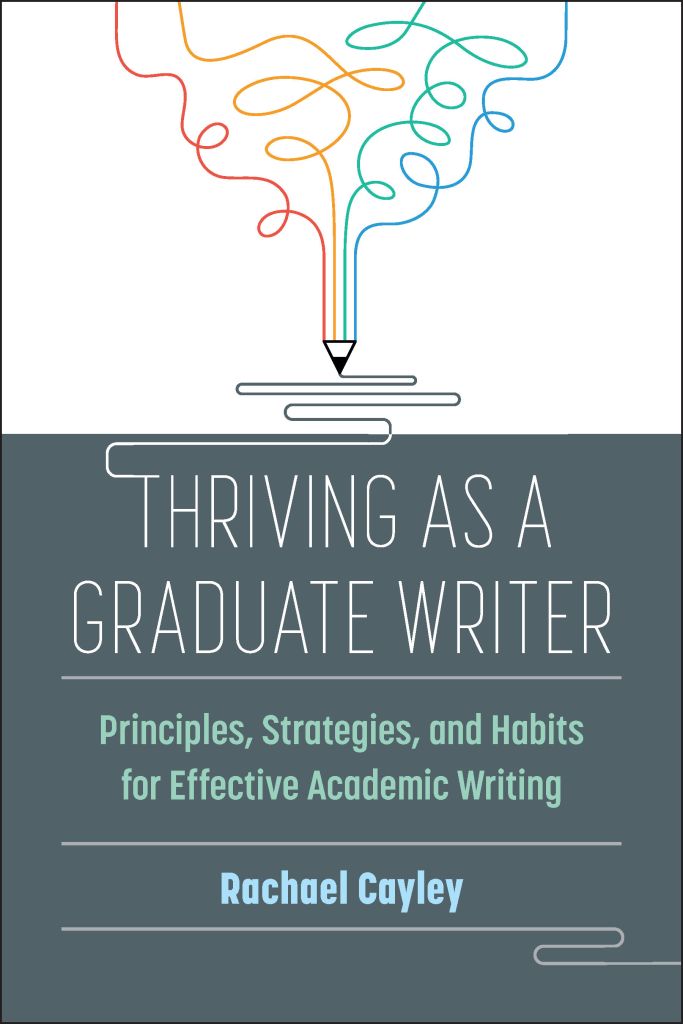If you’re a regular reader of this blog, you will know that I’ve spent the last few years working on a book about graduate writing. That process is now drawing to a close: Thriving as a Graduate Writer will be published in June! Between now and then, I’m going to use this space to share brief excerpts. In addition to my discussion of principles, strategies, and habits for effective academic writing, the book has short ‘asides’ that allowed me to engage with topics outside that main narrative. Over the next four months, I’ll share my favourites of those asides. As always, I’d love to hear what you think!

Breaking Points
Managing paragraph breaks sometimes works easily. You find that each topic fits comfortably within a single paragraph, with obvious breaking points. Other times, however, inserting a paragraph break can feel awkward. Here’s a familiar scenario: a paragraph that is too long to be a single paragraph but that has too much unity to naturally become more than one paragraph. If you choose to stick with one paragraph, you would likely need to lessen the detail to emphasize the unity. A second option, one that frequently makes the most sense, would be to create more than one paragraph. But if the first paragraph sets up the topic, can you break up the exploration of that topic into two or more paragraphs? This question is one that I’m asked all the time! The answer is that you definitely can, provided you manage the opening of the subsequent paragraph—or paragraphs—effectively. The beginning of the next paragraph would need to announce how it acts as a continuation of the larger topic. By echoing the language used in the first topic sentence, you can alert the reader that you are offering a continuation of that topic in the new paragraph. Finding breaking points can be challenging, but as long as you offer the reader the topic sentences that they need, you have the option of spreading your ‘single topic’ over as many paragraphs as you want.
Thriving as a Graduate Writer will be available in early June from the University of Michigan Press. To pre-order your copy, visit the book page. Order online and save 30% with discount code UMS23!


